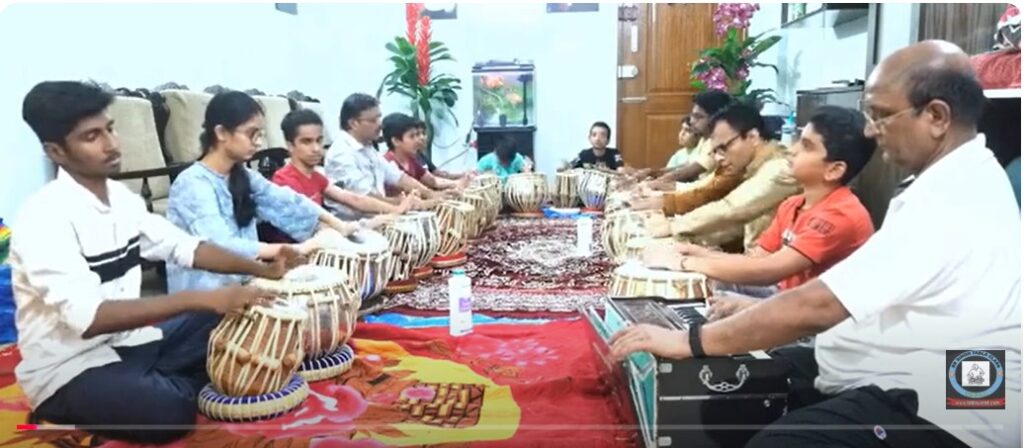Independent Baat in a 16-letter Swing Rhythm,Swing Rhythm: The Heartbeat of Jazz and BeyondWhen we hear a piece of jazz music, one of the first things that draws us in is its infectious, groovy feel—the “swing.” But what exactly is swing rhythm, and why does it hold such a special place in the world of music? Let’s dive into the essence of swing, its history, and how this rhythm has shaped countless genres, keeping music lovers tapping their feet for decades.
What is Swing Rhythm?
At its core, swing rhythm is a rhythmic feel that emphasizes a groove where the beat flows with a bouncy, syncopated, and slightly uneven pattern. In technical terms, swing is achieved when the first note of a pair of eighth notes is slightly longer than the second. This creates a lilting “long-short” effect rather than the “straight” rhythm of evenly divided beats.
Swing rhythm is not just a beat—it’s a feel, a groove that’s hard to describe but instantly recognizable. You know it when you hear it. It’s the sway of a jazz melody, the energy of a big band piece, and the magic ingredient that gives music its infectious charm.
The Origins of Swing: A Historical Perspective
Swing rhythm traces its roots to early 20th-century jazz and became a defining feature of the Swing Era (1930s–1940s). Born in African American communities, swing infused the syncopation and call-and-response traditions of African music with Western harmonic and orchestral structures. Big band legends like Duke Ellington, Count Basie, and Benny Goodman popularized swing, turning it into not only a musical innovation but also a cultural movement.
During the Great Depression, swing music brought joy and unity to people facing tough times. Swing dances like the Lindy Hop and Jitterbug became symbols of escapism and freedom. Interestingly, the term “swing” came from the way the rhythm literally felt like it was “swinging” the listener forward.
The Anatomy of Swing Rhythm
Swing rhythm is often associated with jazz ensembles, but its essence can be broken down into a few key components:
- Triplet Feel: The secret to swing lies in its triplet subdivision of the beat. Instead of evenly dividing a beat into two equal parts, swing elongates the first note and shortens the second, creating a galloping effect.Straight Rhythm: 1 + 2 + 3 + 4 +
Swing Rhythm: 1-a 2-a 3-a 4-a - Syncopation: Swing often places accents on the “off-beats” or unexpected parts of the measure, making the music unpredictable and lively.
- Groove: Beyond technicalities, swing is all about feel—it invites you to move, dance, and be carried along by the music’s natural flow.
Swing in Modern Music
While swing rhythm is synonymous with jazz, its influence extends far beyond. Modern genres such as pop, rock, funk, and even electronic music borrow heavily from swing’s dynamic rhythmic structure. For instance:
- Pop Music: Artists like Michael Jackson and Bruno Mars incorporate swing-like grooves into their chart-topping hits.
- Hip-Hop and Rap: The offbeat and syncopated feel of swing can be found in many rap beats.
- Electronic Dance Music (EDM): Swing rhythms are often programmed into electronic beats to add human-like groove and depth.
Even in Indian music, swing finds its way into genres like Bollywood jazz fusion and experimental classical performances. Artists blend tabla rhythms and swing-inspired grooves to create mesmerizing hybrids.
Swing Rhythm and the Tabla: A Fusion
Speaking of the tabla, the Indian percussion instrument pairs beautifully with swing. The tabla’s intricate patterns (taals) already incorporate a natural sense of rhythmic flexibility and syncopation, making it the perfect companion to swing rhythms. When tabla is fused with jazz, as seen in the works of maestros like Zakir Hussain, it creates a seamless blend of two rhythmic worlds.
Sample Recommendation: Check out the album “Shakti” by John McLaughlin featuring Zakir Hussain—it’s a perfect example of how Indian rhythm and swing groove create a transcendent experience.
Famous Swing-Infused Tracks
If you’re ready to feel the swing, here are some iconic songs and compositions you must check out:
- “Sing, Sing, Sing” by Benny Goodman
A definitive swing anthem, this track is guaranteed to get you grooving. - “It Don’t Mean a Thing (If It Ain’t Got That Swing)” by Duke Ellington
A classic that captures the very essence of swing. - “Uptown Funk” by Mark Ronson feat. Bruno Mars
While modern pop, this song oozes swing-inspired rhythms. - “Minor Swing” by Django Reinhardt
A gypsy jazz classic that highlights swing’s versatility.
How to Feel Swing Rhythm?
Want to experiment with swing yourself? Here’s a quick exercise:
- Play a simple beat with your hands or a percussion instrument.
- Now, try dividing each beat into two parts—but make the first part slightly longer than the second.
- Tap along to a swing track, focusing on how the rhythm “swings” you into motion.
Swing is all about letting go and feeling the groove. The best way to understand it is by listening and experimenting.
Conclusion
Swing rhythm is more than a musical concept—it’s a cultural phenomenon that has transcended eras and genres. Whether in the smoky jazz clubs of New York or in modern EDM dance floors, the essence of swing continues to thrive. Its infectious groove has influenced countless musicians and connected people across cultures and generations.
As Duke Ellington once said, “It don’t mean a thing, if it ain’t got that swing.” So why not explore the world of swing today? Put on a classic swing track, feel the rhythm in your bones, and let the music move you.
What’s Your Favorite Swing Rhythm Track?
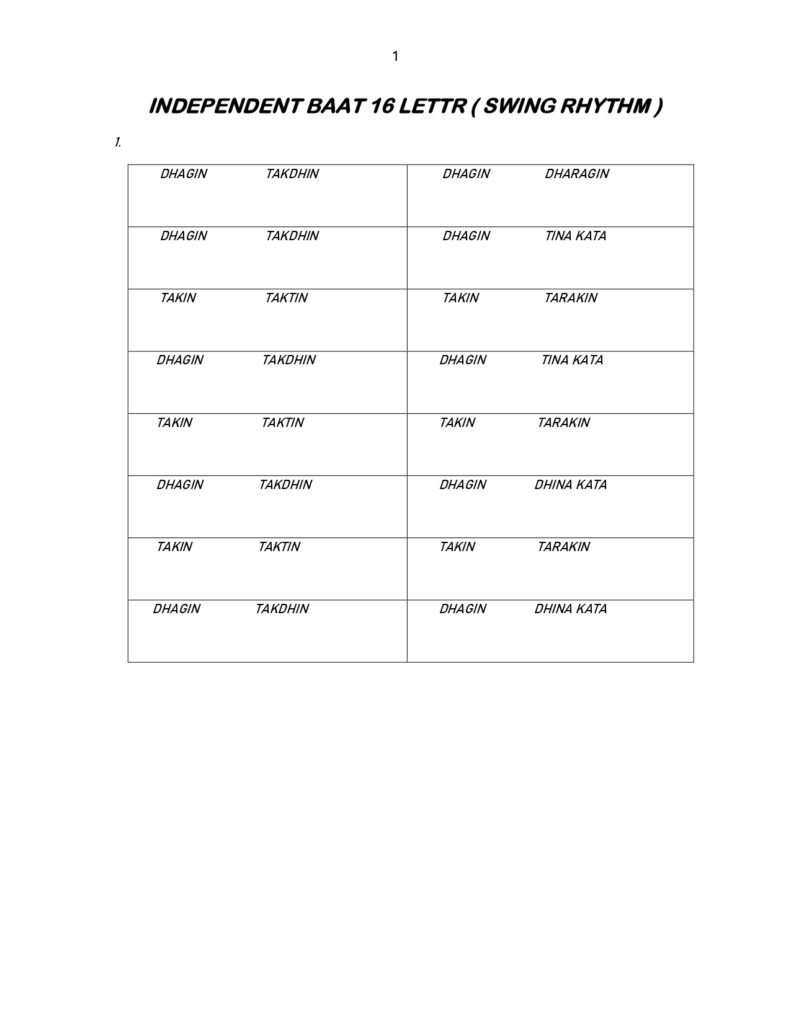
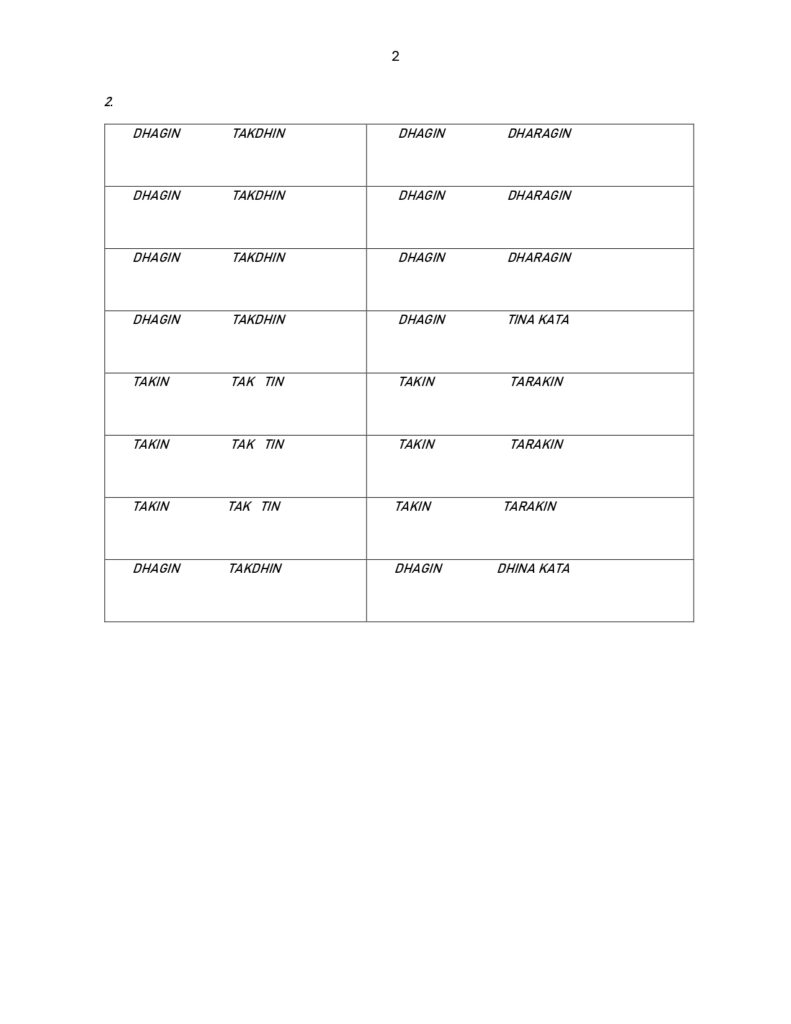
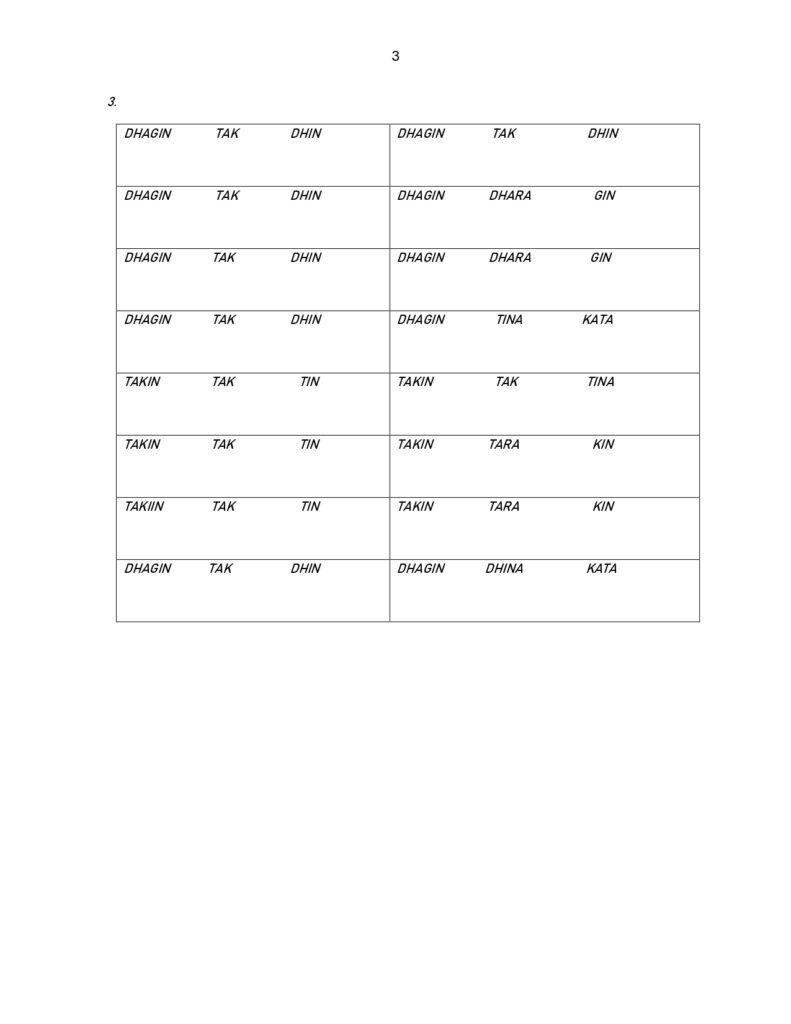
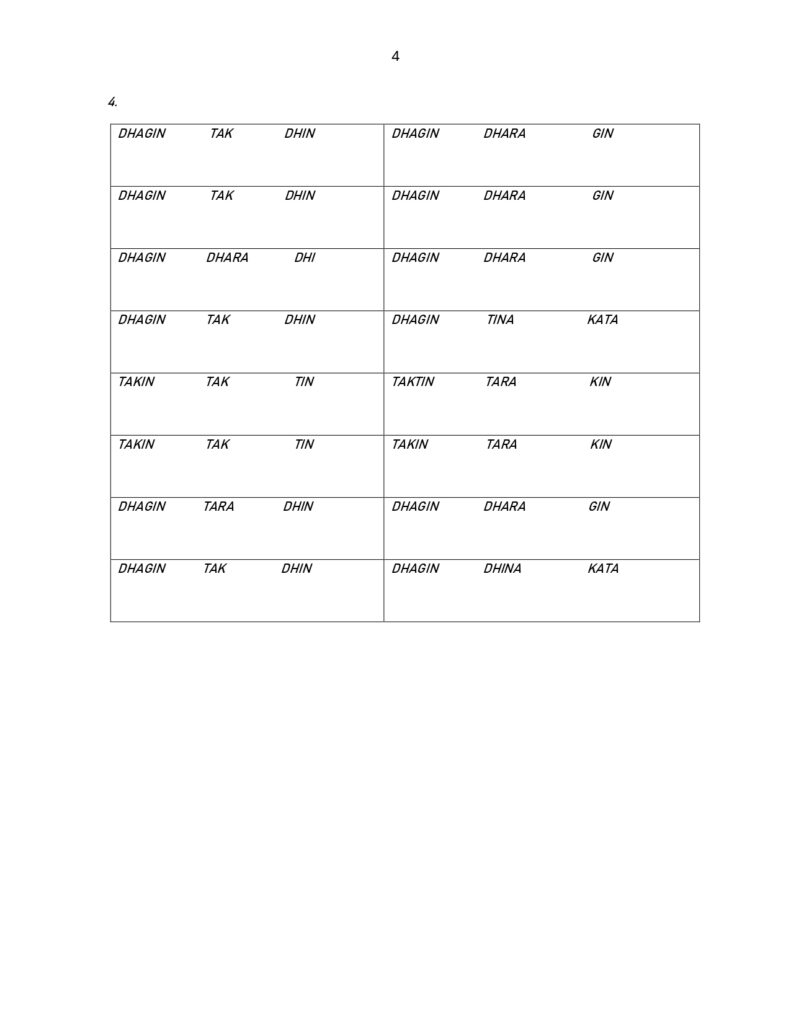
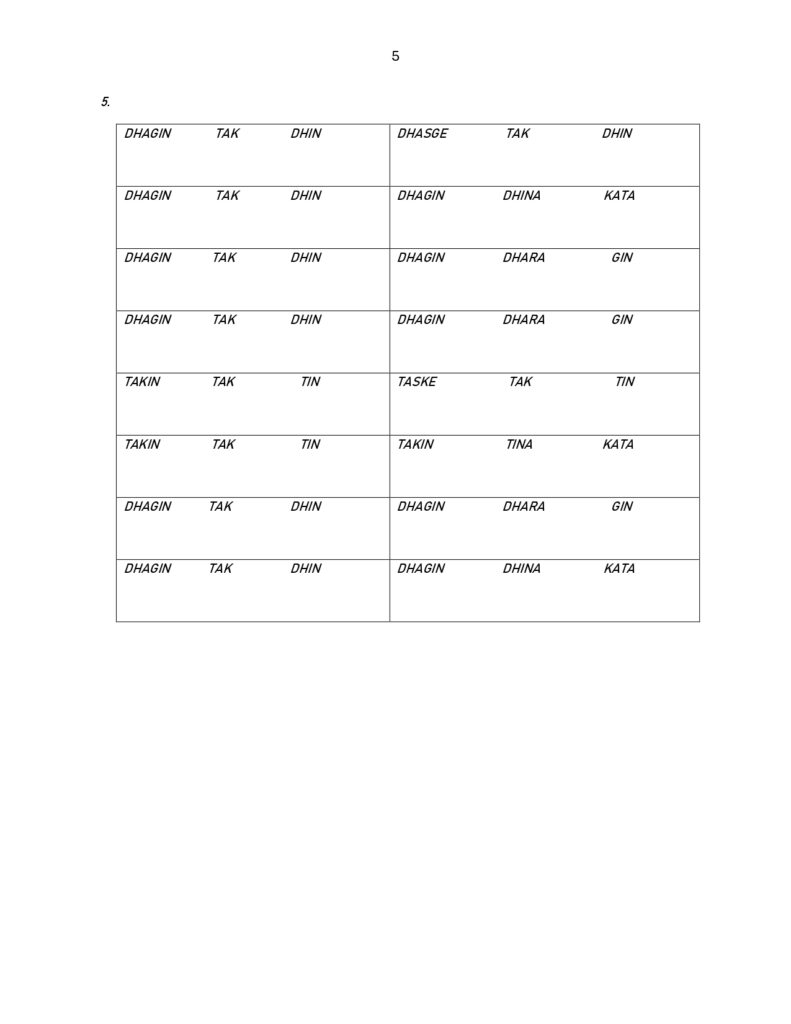
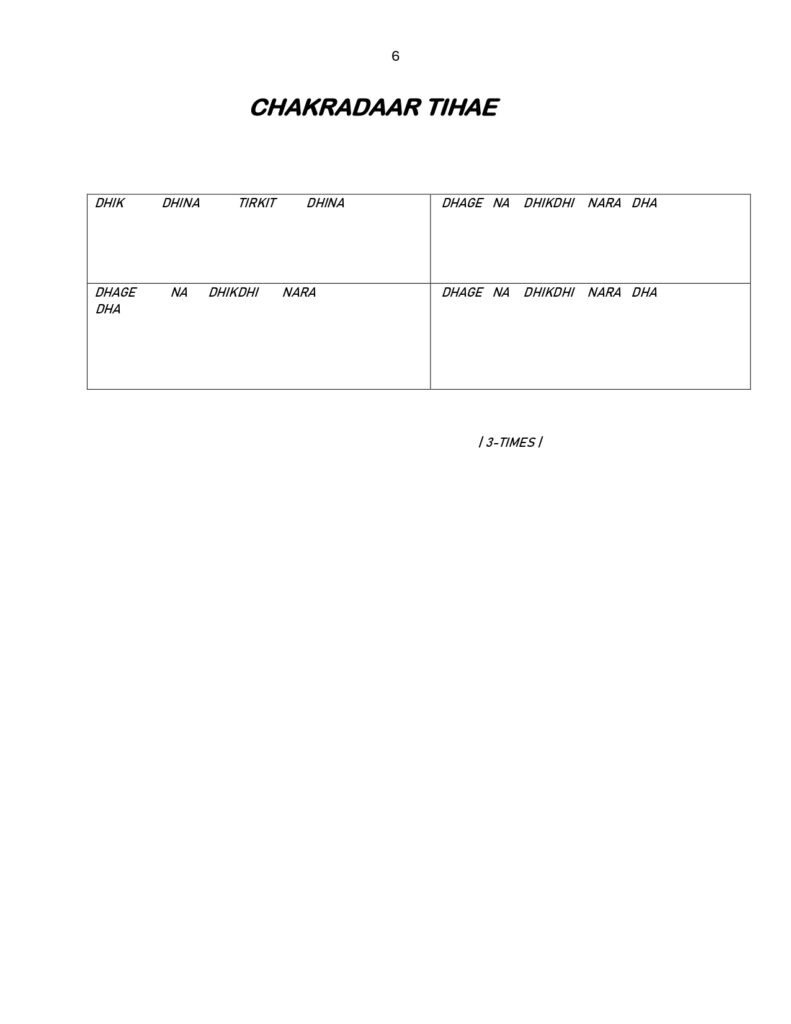
https://www.youtube.com/@BhagawanSingh
